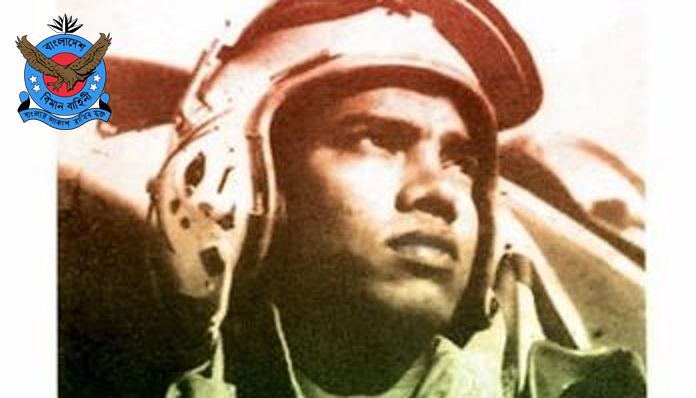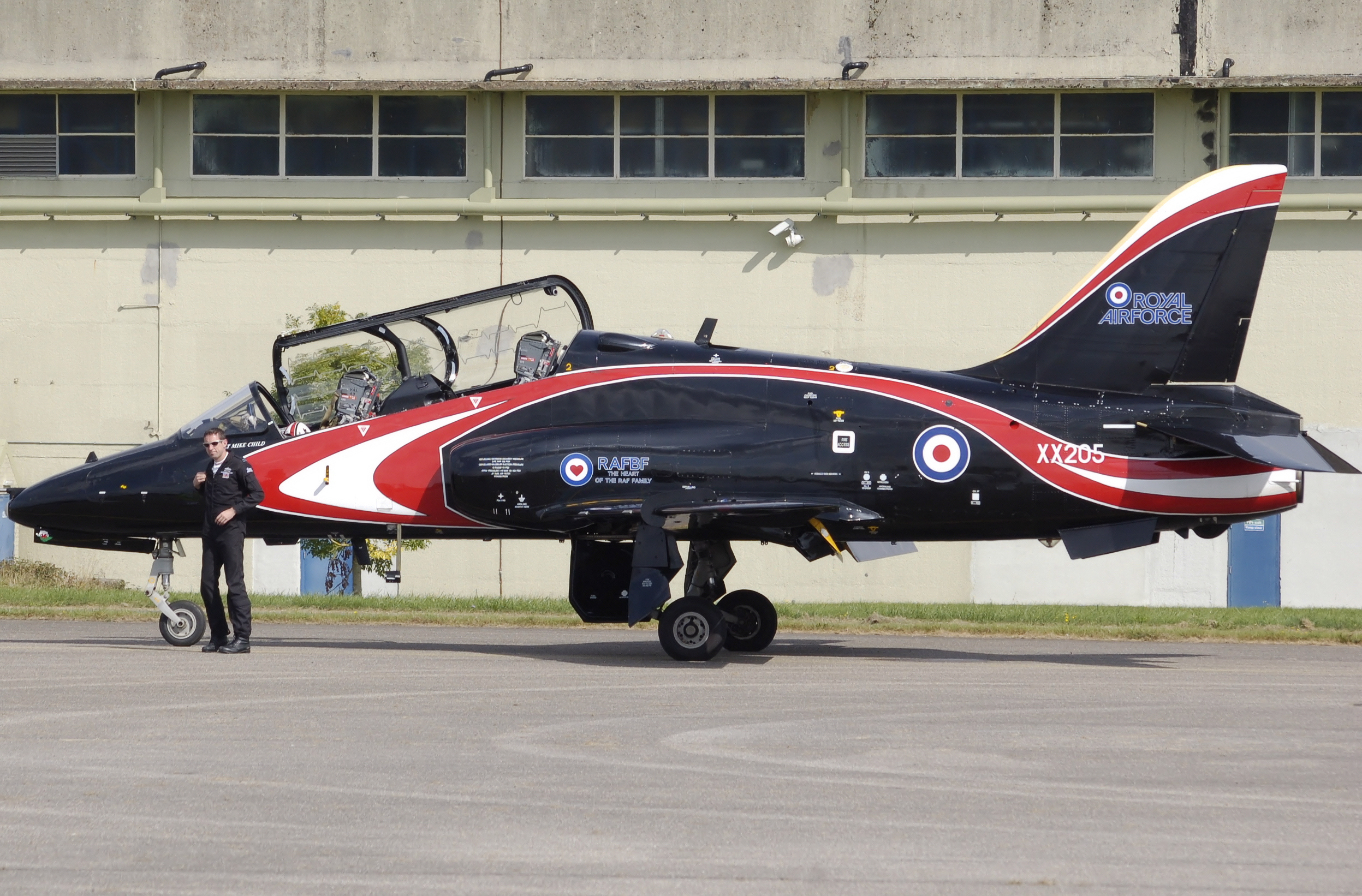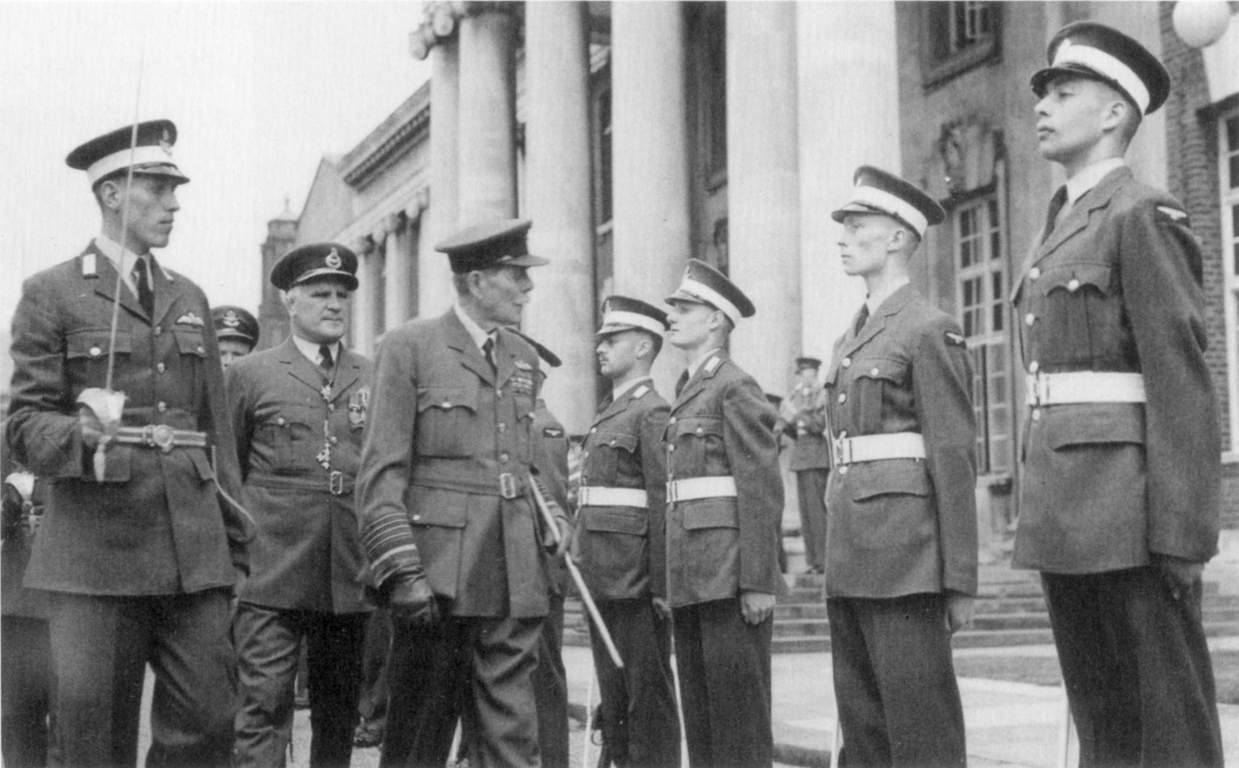|
Rory Underwood
Rory Underwood, (born 19 June 1963) is an English former rugby union player, he is 's record international try scorer with 49 tries in 85 internationals between 1984 and 1996. Underwood's principal position was wing and he played 236 games for Leicester Tigers between 1983 and 1997, he also played for Middlesbrough, Bedford Blues and the Royal Air Force. Underwood toured with the British and Irish Lions in 1989 and 1993 playing in six tests and scoring one try. In 1992 Underwood played for England alongside his younger brother Tony Underwood, becoming the first brothers to play together for England since 1937. Playing during the amateur era his profession was as a Royal Air Force pilot. Early life Underwood was born in Middlesbrough, England, of Chinese-English parentage. His father was a Yorkshire engineer who worked in Malaysia where he met and married Underwood's Chinese-Malaysian mother. Underwood was educated at Barnard Castle School (with fellow rugby international Rob ... [...More Info...] [...Related Items...] OR: [Wikipedia] [Google] [Baidu] |
Middlesbrough
Middlesbrough ( ) is a town on the southern bank of the River Tees in North Yorkshire, England. It is near the North York Moors national park. It is the namesake and main town of its local borough council area. Until the early 1800s, the area was rural farming land. By 1830, a new industrial town and port started to be developed, driven by the coal and later ironworks. Steel production and ship building began in the late 1800s, remaining associated with the town until post-industrial decline occurred in the late twentieth century. Trade (notably through ports) and digital enterprise sectors contemporarily contribute to the local economy, Teesside University and Middlesbrough College to local education. In 1853, it became a town. The motto ("We shall be" in Latin) was adopted, it reflects ("We have been") of the Bruce clan which were Cleveland's mediaeval lords. The town's coat of arms is three ships representing shipbuilding and maritime trade and an azure (blue) lion, ... [...More Info...] [...Related Items...] OR: [Wikipedia] [Google] [Baidu] |
English People
The English people are an ethnic group and nation native to England, who speak the English language in England, English language, a West Germanic languages, West Germanic language, and share a common history and culture. The English identity is of History of Anglo-Saxon England, Anglo-Saxon origin, when they were known in Old English as the ('race or tribe of the Angles'). Their ethnonym is derived from the Angles, one of the Germanic peoples who migrated to Great Britain around the 5th century AD. The English largely descend from two main historical population groups the West Germanic tribes (the Angles, Saxons, Jutes and Frisians) who settled in southern Britain following the withdrawal of the Ancient Rome, Romans, and the Romano-British culture, partially Romanised Celtic Britons already living there.Martiniano, R., Caffell, A., Holst, M. et al. Genomic signals of migration and continuity in Britain before the Anglo-Saxons. Nat Commun 7, 10326 (2016). https://doi.org/10 ... [...More Info...] [...Related Items...] OR: [Wikipedia] [Google] [Baidu] |
Weapon Systems Officer
A Weapon Systems Officer (WSO), nicknamed "Wizzo", is an air flight officer directly involved in all air operations and weapon systems of a military aircraft. Historically, aircrew duties in military aircraft were highly specialised and rigid, because the relevant controls, instruments/displays, and/or weapons were concentrated in front of particular seats, panels or positions. That included two-seat variants of fighter or attack/strike aircraft (including late 20th century types such as the F-4 Phantom II, A-6 Intruder, F-111 Aardvark, F-14 Tomcat, Panavia Tornado, Su-24 Fencer and Su-30MK Flanker-C, Dassault Mirage 2000N/2000D). From the 1970s onward an aircraft with two-member crews, such as the F-15E Strike Eagle, F/A-18F Super Hornet or Su-34 Fullback and Dassault Rafale B have often featured programmable multi-function displays. These programs allow roles to be more flexible than previous generation aircraft. Multiple crew members can be responsible for detecting, t ... [...More Info...] [...Related Items...] OR: [Wikipedia] [Google] [Baidu] |
Flight Lieutenant
Flight lieutenant is a junior commissioned rank in air forces that use the Royal Air Force (RAF) system of ranks, especially in Commonwealth countries. It has a NATO rank code of OF-2. Flight lieutenant is abbreviated as Flt Lt in the Indian Air Force (IAF) and RAF, and as FLTLT in the Pakistan Air Force (PAF), Royal Australian Air Force (RAAF) and Royal New Zealand Air Force (RNZAF) and has sometimes also been abbreviated as F/L in many services; it has never been correctly abbreviated as "lieutenant". A flight lieutenant ranks above flying officer and below a squadron leader and is sometimes used as an English language translation of a similar rank in non-English-speaking countries. The rank originated in the Royal Naval Air Service (RNAS) in 1914. It fell into abeyance when the RNAS merged with the Royal Flying Corps during the First World War but was revived in 1919 in the post-war RAF. An RAF flight lieutenant is the equivalent of a lieutenant in th ... [...More Info...] [...Related Items...] OR: [Wikipedia] [Google] [Baidu] |
RAF Cranwell
Royal Air Force Cranwell or more simply RAF Cranwell is a Royal Air Force station in Lincolnshire, England, close to the village of Cranwell, near Sleaford. Among other functions, it is home to the Royal Air Force College (RAFC), which trains the RAF's new officers and Aircrew. The motto, ''Altium Altrix'', meaning "Nurture the highest" appears above the main doors of the Officers Mess. RAF Cranwell is currently commanded by Group Captain Joanne Campbell. History The history of military aviation at Cranwell goes back to November 1915,Halpenny (1981), p.74 when the Admiralty requisitioned 2,500 acres (10 km2) of land from the Marquess of Bristol's estate. On 1 April 1916, the "Royal Naval Air Service Training Establishment, Cranwell" was officially born. In 1917 a dedicated railway station was established for the RNAS establishment on a new single track branch line from Sleaford, the train being known as The Cranwell Flyer.A J Ludlam, ''The RAF Cranwell Railway'' ... [...More Info...] [...Related Items...] OR: [Wikipedia] [Google] [Baidu] |
BAE Hawk
The BAE Systems Hawk is a British single-engine, jet-powered advanced trainer aircraft. It was first flown at Dunsfold, Surrey, in 1974 as the Hawker Siddeley Hawk, and subsequently produced by its successor companies, British Aerospace and BAE Systems. It has been used in a training capacity and as a low-cost combat aircraft. Operators of the Hawk include the Royal Air Force (notably the Red Arrows display team) and several foreign military operators. The Hawk is still in production in the UK and under licence in India by Hindustan Aeronautics Limited (HAL), with over 900 Hawks sold to 18 operators around the world. Development Origins In 1964, the Royal Air Force specified a requirement (Air Staff Target, AST, 362) for a new fast jet trainer to replace the Folland Gnat. The SEPECAT Jaguar was originally intended for this role, but it was soon realised that it would be too complex an aircraft for fast jet training and only a small number of two-seat versions were purchas ... [...More Info...] [...Related Items...] OR: [Wikipedia] [Google] [Baidu] |
RAF Wyton
Royal Air Force Wyton or more simply RAF Wyton is a Royal Air Force station near St Ives, Cambridgeshire, England. The airfield is decommissioned and is now home to the Joint Forces Intelligence Group. History Flying station Wyton has been a military airfield since 1916, when it was used for training by the Royal Flying Corps and then its successor the Royal Air Force (RAF). During the Second World War it was used primarily as a bomber base, flying Bristol Blenheim, de Havilland Mosquito and Avro Lancaster aircraft. In 1942 it became the home of the Pathfinder Force under the command of Group Captain Don Bennett. After the war Wyton became home to the English Electric Canberras of the Strategic Reconnaissance Force. Vickers Valiants arrived for No. 543 Squadron RAF, No. 543 Squadron in 1955 and a Handley Page Victor arrived for the Radar Reconnaissance Flight in 1959. In 1974, three Hawker Siddeley Nimrod#R1, Nimrod R1s belonging to No. 51 Squadron RAF, No. 51 Squadron ... [...More Info...] [...Related Items...] OR: [Wikipedia] [Google] [Baidu] |
English Electric Canberra
The English Electric Canberra is a British first-generation, jet-powered medium bomber. It was developed by English Electric during the mid- to late 1940s in response to a 1944 Air Ministry requirement for a successor to the wartime de Havilland Mosquito fast bomber. Among the performance requirements for the type was an outstanding high-altitude bombing capability and high speed. These were partly accomplished by making use of newly developed jet-propulsion technology. When the Canberra was introduced to service with the Royal Air Force (RAF), the type's first operator, in May 1951, it became the service's first jet-powered bomber. In February 1951, a Canberra set another world record when it became the first jet aircraft to make a nonstop transatlantic flight. Throughout most of the 1950s, the Canberra could fly at a higher altitude than any other aircraft in the world, and in 1957, a Canberra established a world altitude record of . Due to its ability to evade the early ... [...More Info...] [...Related Items...] OR: [Wikipedia] [Google] [Baidu] |
Electronic Countermeasure
An electronic countermeasure (ECM) is an electrical or electronic device designed to trick or deceive radar, sonar, or other detection systems, like infrared (IR) or lasers. It may be used both offensively and defensively to deny targeting information to an enemy. The system may make many separate targets appear to the enemy, or make the real target appear to disappear or move about randomly. It is used effectively to protect aircraft from guided missiles. Most air forces use ECM to protect their aircraft from attack. It has also been deployed by military ships and recently on some advanced tanks to fool laser/IR guided missiles. It is frequently coupled with stealth advances so that the ECM systems have an easier job. Offensive ECM often takes the form of jamming. Self-protecting (defensive) ECM includes using blip enhancement Blip enhancement is an electronic warfare technique used to fool radar. When the radar transmits a burst of energy some of that energy is reflected off ... [...More Info...] [...Related Items...] OR: [Wikipedia] [Google] [Baidu] |
RAF Strike Command
The Royal Air Force's Strike Command was the military formation which controlled the majority of the United Kingdom's bomber and fighter aircraft from 1968 until 2007 when it merged with Personnel and Training Command to form the single Air Command. It latterly consisted of two formations – No. 1 Group RAF and No. 2 Group RAF. The last Commander-in-Chief was Air Chief Marshal Sir Joe French. History Strike Command was formed on 30 April 1968 by the merger of Bomber Command and Fighter Command,RAF Timeline 1960–1968 RAF which became No. 1 Group and No. 11 Group respectively. [...More Info...] [...Related Items...] OR: [Wikipedia] [Google] [Baidu] |
RAF College Cranwell
The Royal Air Force College (RAFC) is the Royal Air Force military academy which provides initial training to all RAF personnel who are preparing to become commissioned officers. The College also provides initial training to aircrew cadets and is responsible for all RAF recruiting along with officer and aircrew selection. Originally established as a naval aviation training centre during World War I, the College was established as the world's first air academy in 1919. During World War II, the College was closed and its facilities were used as a flying training school. Reopening after the War, the College absorbed the Royal Air Force Technical College in 1966. The Royal Air Force College is based at RAF Cranwell near Sleaford in Lincolnshire, and is sometimes titled as the Royal Air Force College Cranwell. History Early years In December 1915, after the Royal Naval Air Service had broken away from the Royal Flying Corps, Commodore Godfrey Paine was sent to Cranwell to start a ... [...More Info...] [...Related Items...] OR: [Wikipedia] [Google] [Baidu] |



_Squadron%2C_Embraer_Phenom_100_MOD_45164824.jpg)





